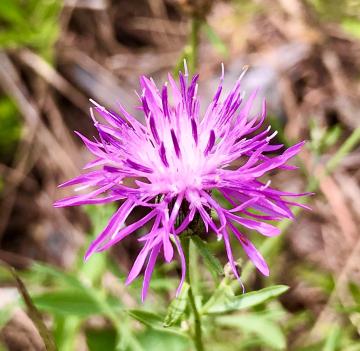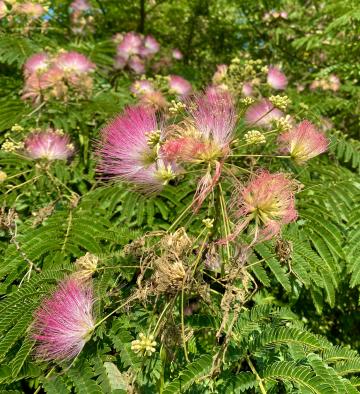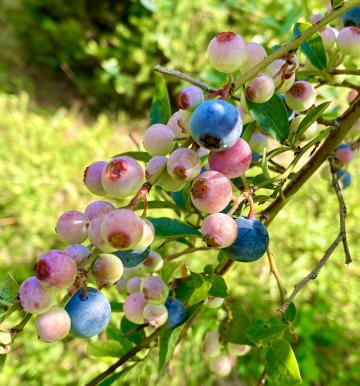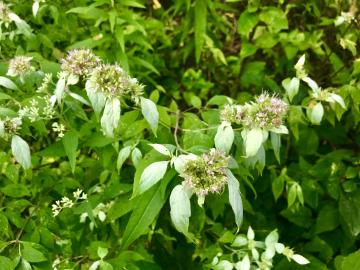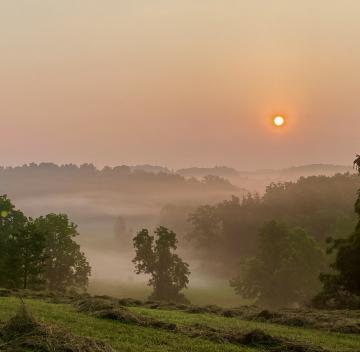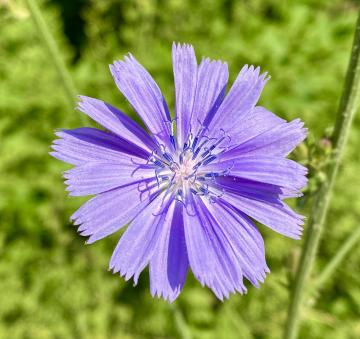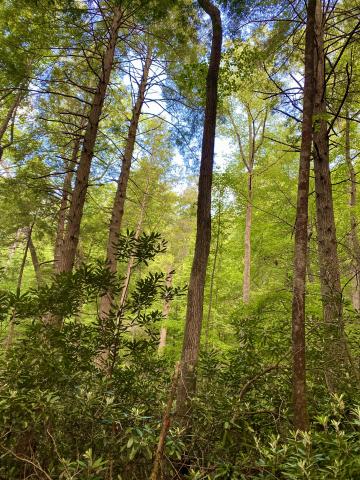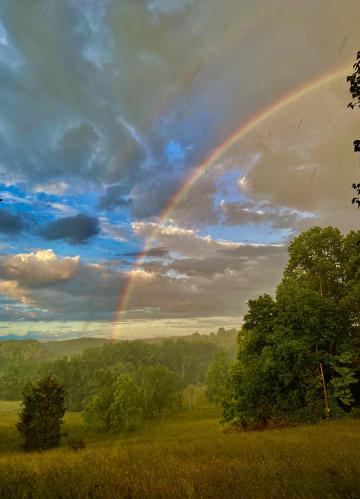Thistle
By: Steve Roark
Volunteer, Cumberland Gap National Historical Park
If you own much land, chances are it has thistle growing on it. This group of plants is one of the most persistent weeds in our area, and if dirt is exposed it will likely end up growing there.
- Read more about Thistle
- Log in to post comments
